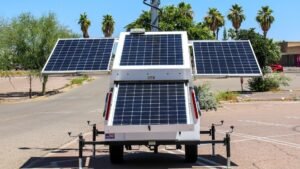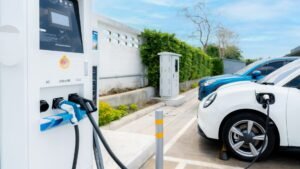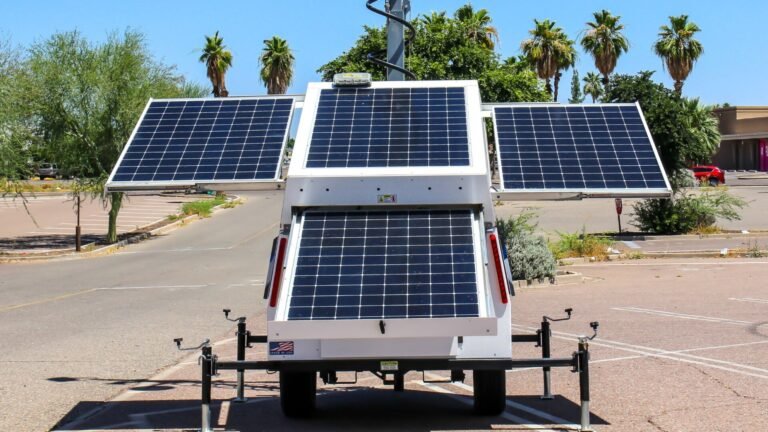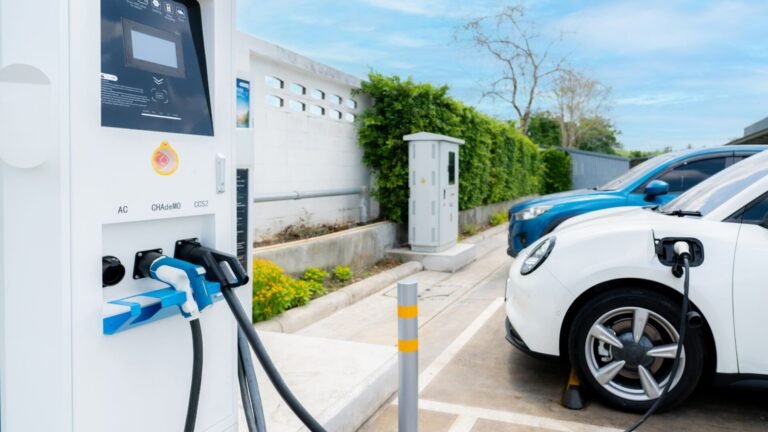The transition to a more sustainable and resource-efficient economy is no longer just a desirable goal; it’s a necessity.
Central to this shift is the integration of renewable energy solutions, particularly through initiatives like topcon solar power in circular economy models.
This approach not only enhances environmental sustainability but also drives economic and social growth by fundamentally transforming how resources are utilized and reused.
Companies like Tamesol are instrumental in this transformation, leading the way with their innovative solar technologies that align perfectly with circular economy principles, thus contributing significantly to the efficient use of renewable resources in various sectors.
1. Reducing Resource Dependency
TopCon solar power systems utilize advanced photovoltaic technology to maximize energy harvest from the sun.
By implementing these systems, businesses and communities can reduce their dependency on non-renewable energy sources, which are not only limited but also environmentally damaging.
Solar power, a quintessential renewable resource, provides a consistent and sustainable energy supply that promotes long-term economic stability and lowers carbon footprints.
The transition to solar energy also enables regions with abundant sunlight to harness local resources, further driving down costs and supporting regional economic development, while contributing to global efforts in combating climate change.
2. Enhancing Energy Autonomy
With TopCon solar panels, industries and local governments can achieve greater energy autonomy.
This autonomy supports the circular economy’s emphasis on local production and consumption, reducing the need for long-distance transportation of energy, which often involves significant energy loss and higher emissions.
Energy autonomy not only bolsters local economies but also ensures that communities are less vulnerable to global energy price fluctuations.
3. Supporting Sustainable Manufacturing
TopCon Solar Power is crucial in powering sustainable manufacturing processes. In circular economy models, manufacturing processes are designed to be as sustainable as possible, minimizing energy use and waste production.
By sourcing energy from solar power, manufacturers can reduce emissions and operate more cleanly and efficiently. This integration of solar power is essential for industries looking to align with circular economy principles.
4. Driving Product Longevity
TopCon’s solar technologies are designed for longevity, which aligns perfectly with the circular economy’s focus on durability and extending the life cycle of products.
Long-lasting solar panels mean that the materials and energy invested in manufacturing them yield returns over a longer period, which is crucial for resource efficiency.
5. Promoting Recycling and Reuse
At the end of their lifecycle, TopCon solar panels can be recycled, with many of the materials used in their construction being repurposed for new products.
This capability is vital in circular economy models, which prioritize not just the reuse and repair of products but also the recycling of materials.
Solar panel recycling helps in reducing waste and the demand for raw materials, supporting a closed-loop system that is fundamental to the circular economy.
6. Fostering Innovation
The adoption of “TopCon Solar Power in Circular Economy Models” encourages innovation in other sectors. Integrating solar power into various aspects of the economy drives the development of new business models and technologies that are not only energy efficient but also environmentally friendly.
These innovations often lead to breakthroughs that can benefit multiple sectors, such as storage technologies or more efficient materials for solar panel production.
7. Economic and Social Benefits
Finally, the integration of TopCon solar power in circular economy models contributes to economic growth by creating jobs in the renewable energy sector and reducing energy costs over time.
Socially, it promotes community engagement and responsibility, as local stakeholders are often involved in the planning and implementation of solar power projects.
This involvement helps to raise awareness about sustainable practices and encourages a collective approach towards a more sustainable future.
Moreover, by fostering stronger community bonds and a shared commitment to sustainability, TopCon solar initiatives can cultivate a sense of pride and ownership among local populations, further enhancing social cohesion and encouraging widespread adoption of green technologies.
Conclusion
The role of topcon solar power in circular economy models is multifaceted and increasingly critical. As we move forward, the integration of such innovative solar solutions into circular economic frameworks is not just beneficial; it is imperative for sustainable growth.
This approach provides a roadmap that other sectors can follow, illustrating how integrating sustainable technologies can yield a multitude of environmental, economic, and social benefits.
By embracing TopCon solar power, we take significant steps toward realizing a truly sustainable and resilient economy, proving that environmental responsibility and economic prosperity can indeed go hand in hand.






